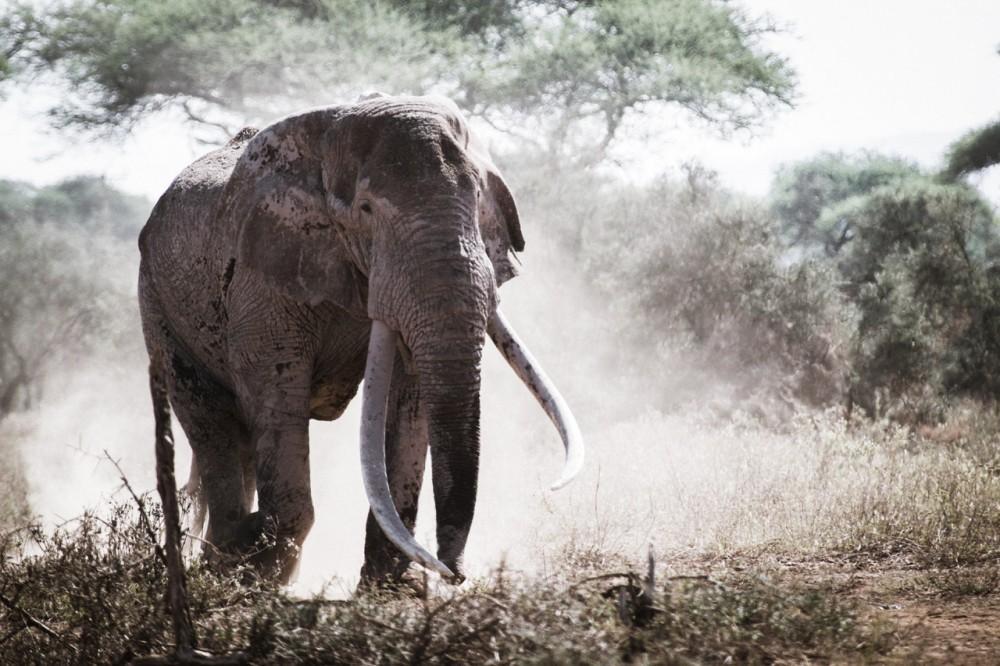
In some ways, it’s never been easier to spot an elephant. As one of the most revered and celebrated animals, they are depicted in millions of ways around the world. From prehistoric rock art to modern rock music posters, you don’t have to look far to find one.
Tragically, the replicas exponentially outpace the real, wild, living, breathing animals that inspire such awe. The reasons for their disappearance from the savannas of East Africa are simple: poaching, human-wildlife conflict, habitat loss. And unfortunately, the solutions to these challenges are far more complex. In Big Life Foundation’s area of operation, the most pressing issue has become space.
A few months ago, we introduced you to Tim. When Tim was born, the human population of Kenya was 10 million. Today, it’s 50 million. The increasing demands on the land have been dramatic. Important areas of habitat outside Amboseli National Park are fast being converted into farmland, cutting off migratory corridors for wildlife. The grasslands are under massive pressure from overgrazing, turning them to barren earth, unable to absorb rain when it finally falls.
The simple truth is this: Tim, his fellow elephants, and all other animals in the ecosystem are running out of time and space. They need our help to navigate this increasingly complex and rapidly changing environment. 1.6 million acres is a huge area, and we cannot cover it all with the permanent ranger outposts. It’s up to the five Big Life Mobile Ranger Units to protect Tim and other animals when they move into the areas dominated by human activity.
Today, World Elephant Day, please consider supporting Big Life, and help us protect Tim and his fellow wild elephants in the Greater Amboseli ecosystem. We all have the power to choose: actively protect the real deal, or resign ourselves to pictures in history books.
Photo: Ryan Wilkie
